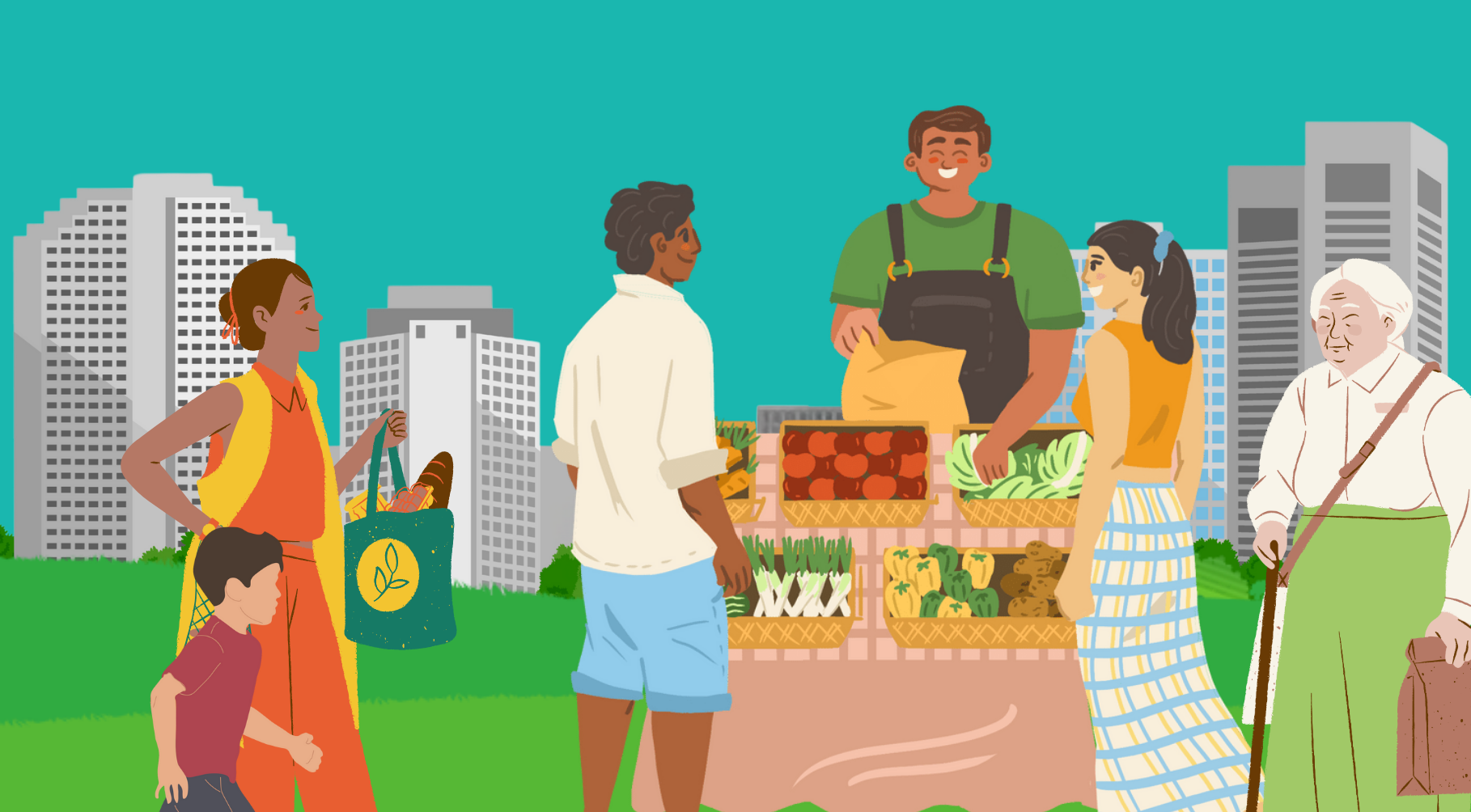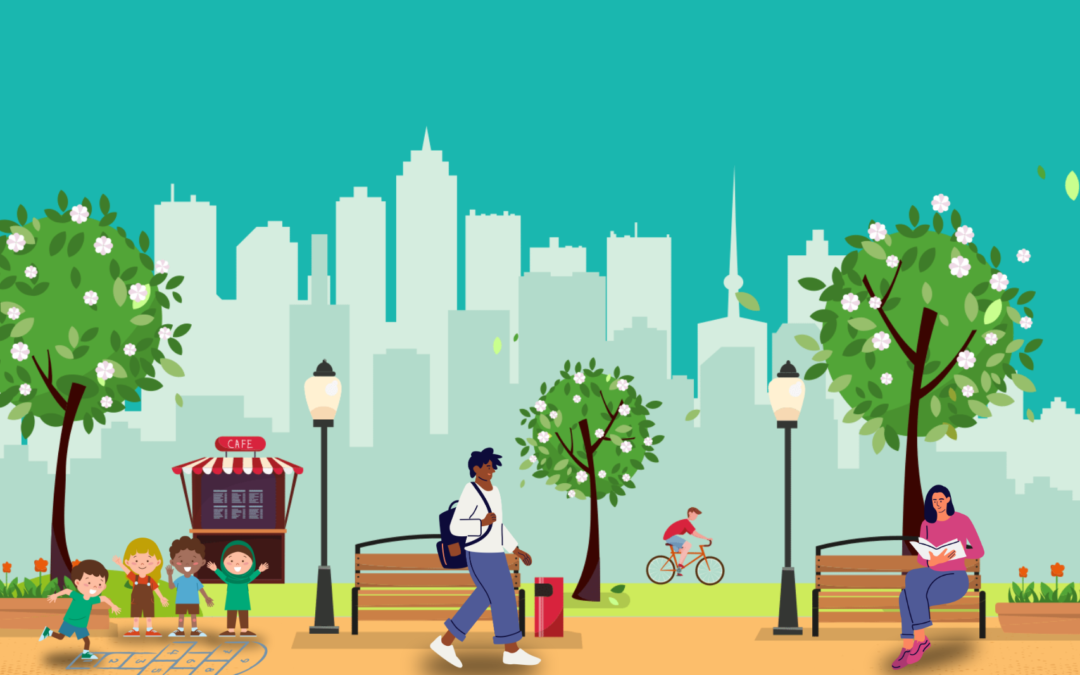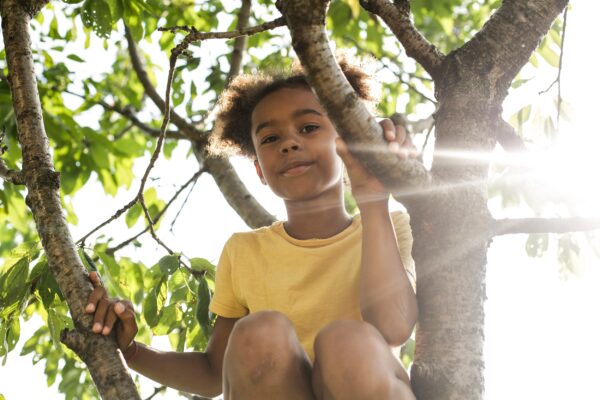What are urban green spaces?
More than half of the global population resides in urban areas, and the World Health Organization (WHO) recommends that everyone should live within 300 meters of green spaces. Urban green areas, such as parks and green paths, serve various age groups and activities. They promote well-being by providing spaces for community engagement, relaxation, and physical activity, while also helping to cool urban temperatures. However, access to quality green spaces often varies by neighborhood, with lower socio-economic communities typically having less access and lower-quality options.
Green spaces benefit everyone
Urban green spaces provide significant health benefits, particularly for children, enhancing their physical and mental development. The elderly also gain from these environments, experiencing improved physical health and social well-being.
Why are green spaces so important?
Green, open public spaces enhance physical activity, mental well-being, and social interactions while reducing air pollution and improving overall quality of life. These spaces help mitigate environmental harms, alleviate stress, and promote healthy behaviors. Research indicates that exposure to urban green space is linked to reduced mortality rates, lower heart rates, and decreased violence, while also positively influencing attention, mood, and physical activity levels.
Incorporating public spaces into urban planning can address spatial inequalities and health disparities, ensuring that all residents have access to recreational areas that are essential for their health. Studies show that health benefits are more pronounced in areas with a greater tree canopy compared to those with only grassland. Key benefits of green spaces include:
- Improved mental health
- Reduced cardiovascular issues and mortality rates
- Lower risk of obesity and type 2 diabetes
- Improved understanding of the natural ecosystem
Additionally, significant associations have been found between time spent in green spaces and childhood development, including a decrease in ADHD symptoms and peer relationship problems.
Therefore, it is crucial to integrate health considerations into the planning and development of public spaces.

Designing urban green spaces
Incorporating green spaces into urban planning helps address spatial and environmental inequalities while promoting health and social cohesion. Here are the key takeaways:
- Ensures that all residents have access to recreational and green areas.
- Provides opportunities for social interactions, cultural events, and community activities.
- Integrating health considerations into the design is crucial.
- Elements such as benches and street art enhance vibrancy and encourage socialization.
- Maintenance and programming are essential for community enjoyment.
- Involving local communities fosters a sense of ownership and promotes the use of green spaces.
Need help designing more inclusively?
At Dream Networks we work with businesses, schools and communities towards a common vision of play areas that are accessible for all children, regardless of their socio-economic status and physical abilities.
Each of our collaborators provides valuable skills and resources to bring this vision to life. Here you can find detailed information about working with us. There is a variety of ways to get involved - all we ask for is that you share our vision!
Whether you are a business owner, an architect, a school teacher, a community member, a governor, a parent, an employee, a community activist, a child, or the president, contact us and let's talk about collaboratively enabling Play4all.
Resources
Browning, M.H.E.M., Rigolon, A., McAnirlin, O. and Yoon, H. (Violet) (2022). Where greenspace matters most: A systematic review of urbanicity, greenspace, and physical health. Landscape and Urban Planning, 217, p.104233.
European Environment Agency (2022). Who benefits from nature in cities? Social inequalities in access to urban green and blue spaces across Europe. [online] European Environment Agency. Available at: https://www.eea.europa.eu/publications/who-benefits-from-nature-in.
Kondo, M., Fluehr, J., McKeon, T. and Branas, C. (2018). Urban green space and its impact on human health. International Journal of Environmental Research and Public Health, 15(3), p.445.
Nguyen, P.-Y., Astell-Burt, T., Rahimi-Ardabili, H. and Feng, X. (2021). Green Space Quality and Health: A Systematic Review. International Journal of Environmental Research and Public Health, [online] 18(21), p.11028.
United Nations Human Settlements Programme (2025). Healthier Cities and Communities Through Public Spaces. [online] UN Habitat. Available at: https://unhabitat.org/sites/default/files/2025/01/final_public_space_and_urban_health.pdf.
World Health Organization (2016). Urban green spaces and health. iris.who.int. [online] Available at: https://iris.who.int/handle/10665/345751.


